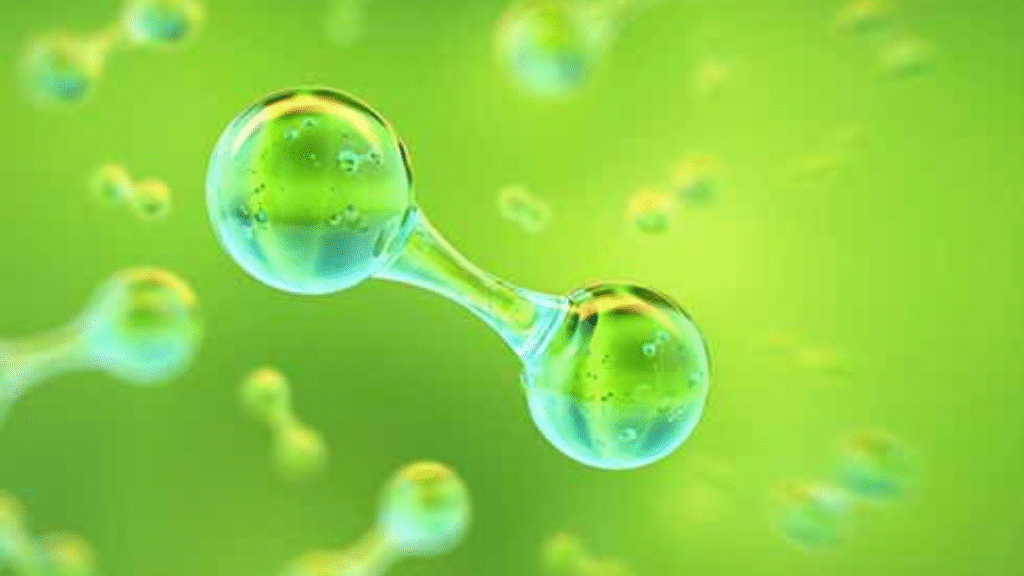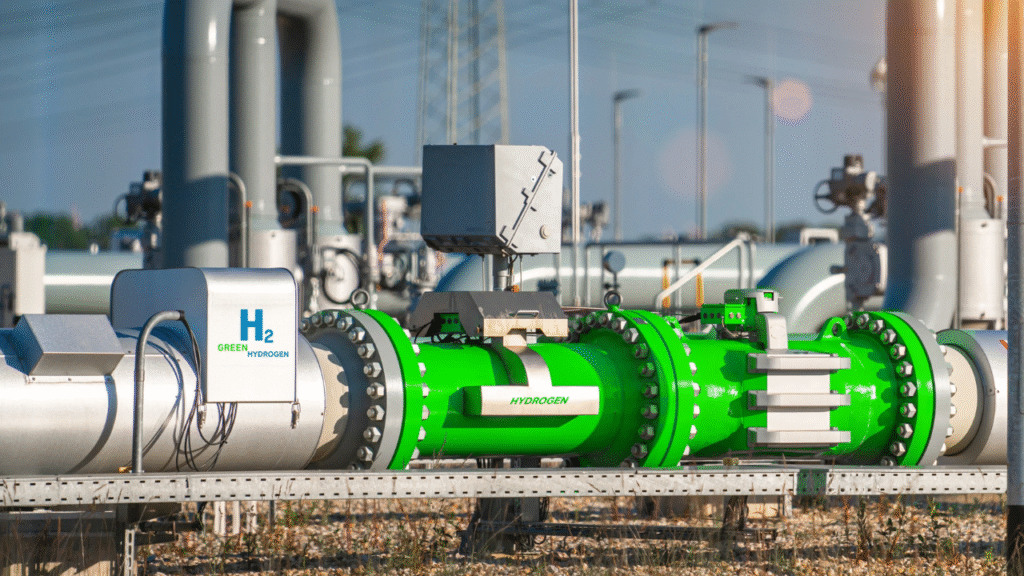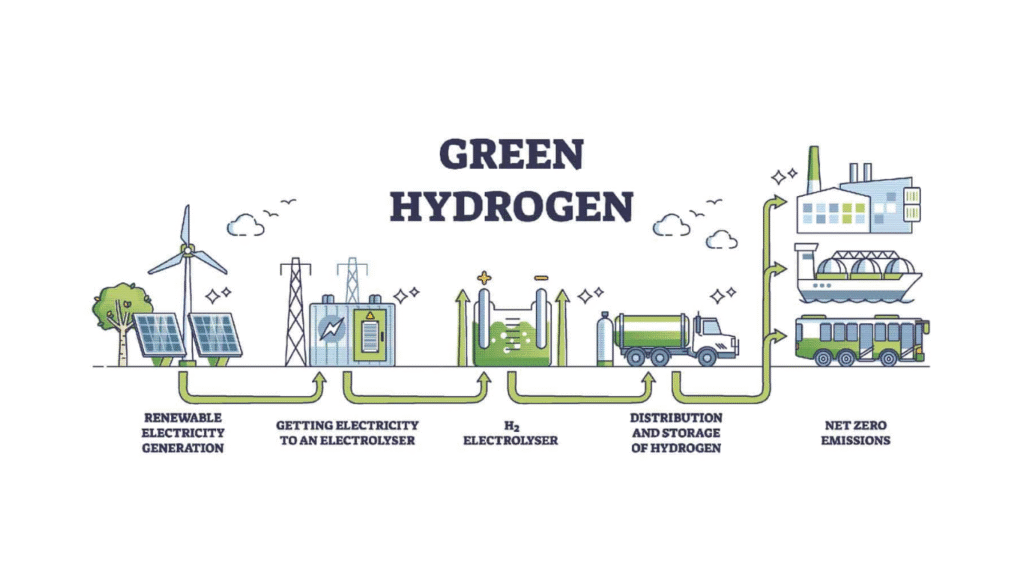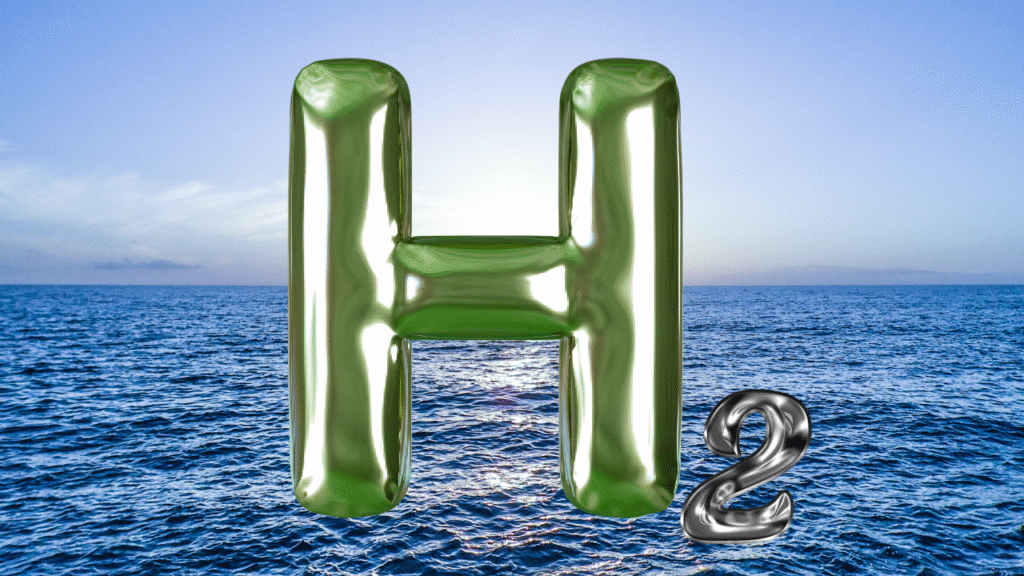When you think about clean energy, chances are you imagine solar panels soaking up the sun or wind turbines spinning on a hill. But did you know that our oceans might hold one of the most powerful clean energy solutions of all? Welcome to the exciting world of green hydrogen, a fuel that’s not only clean and versatile, but now, thanks to innovative technology, can even be made directly from seawater.
Let’s dive into how green hydrogen is changing the game, why seawater makes such a smart source, and what it means for a cleaner, more sustainable future.
🌊 What is Green Hydrogen (H2)?
First things first—what exactly is green hydrogen?
Hydrogen is the most abundant element in the universe and can be used as a clean fuel. But not all hydrogen is created equal. Traditional hydrogen (called grey hydrogen) is made from natural gas, which unfortunately releases a lot of carbon dioxide in the process. That’s where green H2 comes in.
Green hydrogen is produced by splitting water (H₂O) into hydrogen (H₂) and oxygen (O₂) using a process called electrolysis. When that electrolysis is powered by renewable sources like solar or wind, the result is a completely emission-free fuel. The only byproduct? Clean, breathable oxygen.
That’s what makes green H2 such a superstar in the clean energy world—it’s powerful, flexible, and doesn’t pollute.

💧 Why Use Seawater?
Now here’s the twist: instead of using freshwater for electrolysis, researchers and engineers are turning to seawater—something we have in abundance.
Freshwater is limited, especially in dry and densely populated regions. But seawater? It covers about 71% of Earth’s surface. If we can turn salty ocean water into clean hydrogen fuel, it opens the door to a massive, sustainable energy supply without putting pressure on our already stretched freshwater resources.
This is especially useful for countries with long coastlines and plenty of sun or wind, like Australia, Chile, or parts of Africa and the Middle East. These areas can tap into green hydrogen production directly from seawater and renewables—creating a clean, local energy source and even a new export economy.
⚗️ How Is Green Hydrogen Made from Seawater?
Producing green hydrogen from seawater involves a few steps:
1. Seawater Preparation
Before you can split seawater into hydrogen and oxygen, you need to deal with the salt and other impurities that can damage the equipment. Some systems use desalination first, while others use special materials that can perform direct seawater electrolysis, skipping the desalination step entirely.

2. Electrolysis Process
The prepared water then goes through electrolysis. Renewable electricity is used to break the bonds between hydrogen and oxygen atoms in water molecules. The result: pure hydrogen gas, ready to be stored and used.
3. Storage & Distribution
Once produced, green H2 can be stored in tanks, transported through pipelines, or even converted into liquid form. This versatility is one of its biggest strengths.
⚡ Why is Green Hydrogen a Big Deal?
So, what makes green hydrogen so promising? A few reasons stand out:
- ✅ It’s 100% clean: No carbon emissions, no pollution.
- ✅ It’s storable: Unlike solar and wind power, which need batteries, hydrogen can be stored for long periods.
- ✅ It’s versatile: You can use green H2 to power vehicles, heat homes, run factories, and more.
- ✅ It’s scalable: Once the technology matures, production can be scaled to meet national and even global energy needs.
As the world works toward net-zero emissions, green H2 can fill critical gaps, especially in sectors like steel production, aviation, and heavy transport—areas that are hard to electrify.
🌐 Who’s Leading the Way?
Governments and companies around the world are jumping on board the green hydrogen train. Let’s look at a few exciting developments:
🔹 Australia
With its sun-soaked deserts and vast coastline, Australia is investing in green hydrogen hubs powered by solar energy and seawater electrolysis.
🔹 Saudi Arabia
The NEOM project—a futuristic mega-city—plans to include the world’s largest green hydrogen plant, using both wind and solar to power seawater-based electrolysis.
🔹 Europe
The EU has committed billions of euros to clean hydrogen production as part of its Green Deal. Coastal nations are looking at seawater electrolysis to produce local fuel.
🚀 Breakthrough Technologies
Until recently, producing green hydrogen directly from seawater was expensive and technically tricky. Seawater can be corrosive and contains impurities that clog or damage traditional systems. But now, scientists have developed:

- New membranes that filter seawater during electrolysis
- Corrosion-resistant electrodes
- Energy-efficient desalination methods
- Direct seawater electrolysis systems that cut out the middle steps
These breakthroughs are making green hydrogen from seawater more efficient, affordable, and scalable.
♻️ Clean Power for a Cleaner Planet
One of the most exciting things about green hydrogen is that it turns ordinary water—or seawater—into a clean power source. That means we can rely less on fossil fuels and more on resources that don’t damage the planet.
Picture this: ships powered by green hydrogen, no longer burning diesel. Trains that glide quietly without emissions. Factories running on clean fuel, even in places with no power grid.
That’s the vision. And it’s not just a dream anymore—it’s happening.
🔮 What’s Next?
The road to widespread green hydrogen adoption still has some bumps. Costs need to come down. Infrastructure needs to be built. And public awareness needs to grow.
But with the momentum we’re seeing in 2024 and 2025, the future looks promising. Governments are offering incentives. Private companies are investing billions. And scientists are solving technical challenges at lightning speed.
In the next decade, we may very well see green hydrogen become as common as solar or wind in our clean energy mix.

🌟 Final Thoughts
From saltwater to power, the journey of green hydrogen is nothing short of amazing. It’s clean, renewable, and packed with potential. And by tapping into the oceans—the most abundant resource on Earth—we’re opening the door to a truly sustainable energy future.
As countries, companies, and communities begin to embrace this technology, one thing is clear: green hydrogen is more than a buzzword. It’s a fuel for hope, innovation, and progress.
The next time you look out at the ocean, remember—it might just be powering your world tomorrow.









